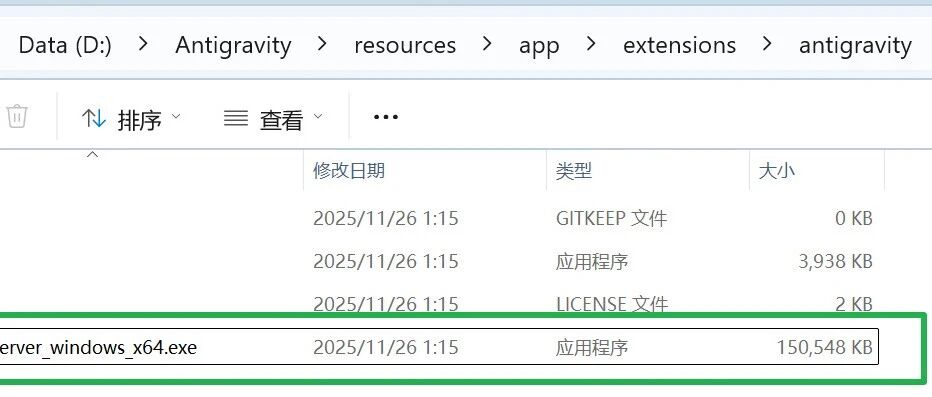Anubis' proof-of-workload protection mechanism is mainly implemented through the following process:
- Challenge Generation: When a client initiates a request, the server generates a SHA256 computation task containing a random number
- Computational validation: require the client to complete a hash computation of a specific difficulty within a specified time (leading-zero verification)
- access control: only authenticated requests are allowed to access website resources
Technical features include:
- Ordinary browsers can complete calculations in milliseconds, and the user experience is almost imperceptible.
- Computational costs grow exponentially when AI crawlers require massive requests
- Automated blocking of automated tools that do not have effective computing power
- The verification process is fully automated and requires no human intervention
The test data showed that the use ofcurlWhen requested directly by a tool such as the Browser, a response containing a proof-of-workload request is received immediately, and the browser is able to automate the validation process.
This answer comes from the articleAnubis: Interfering with AI Crawler Crawling by Proof of WorkloadThe
































